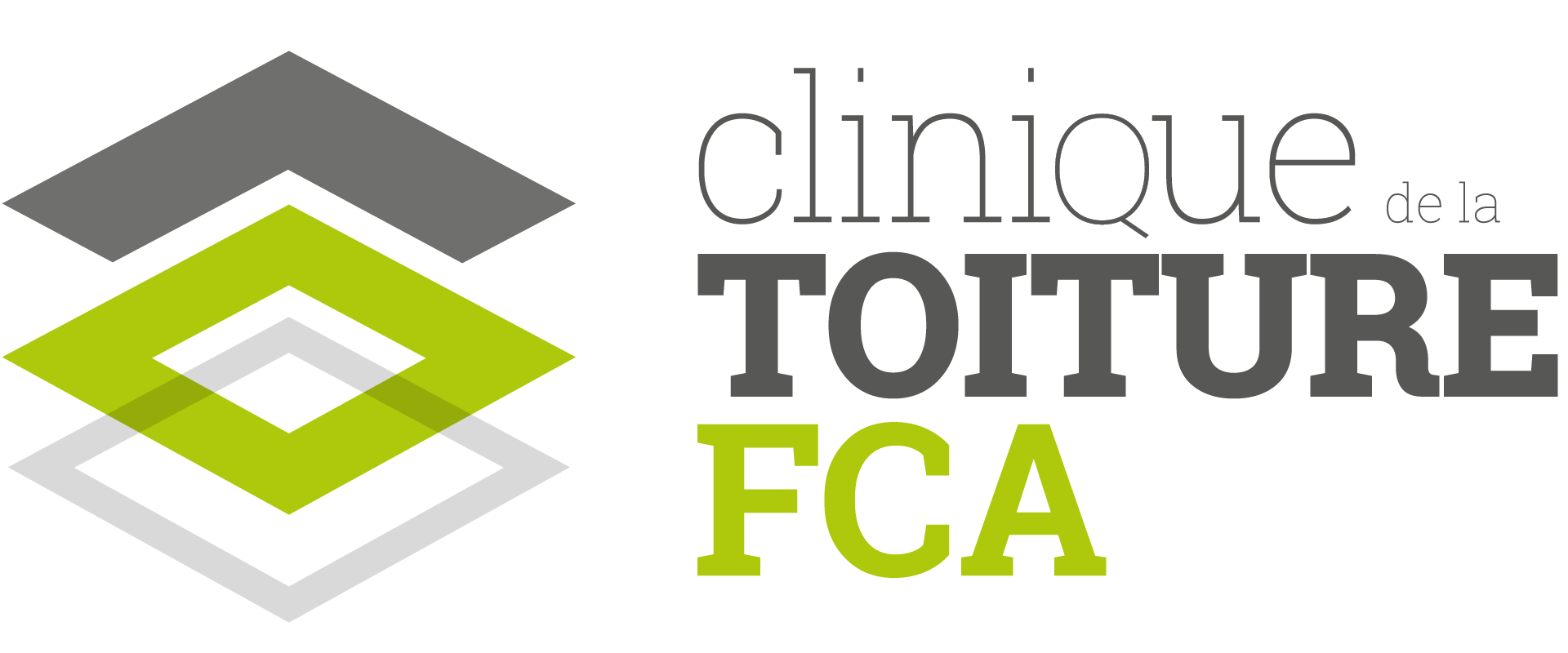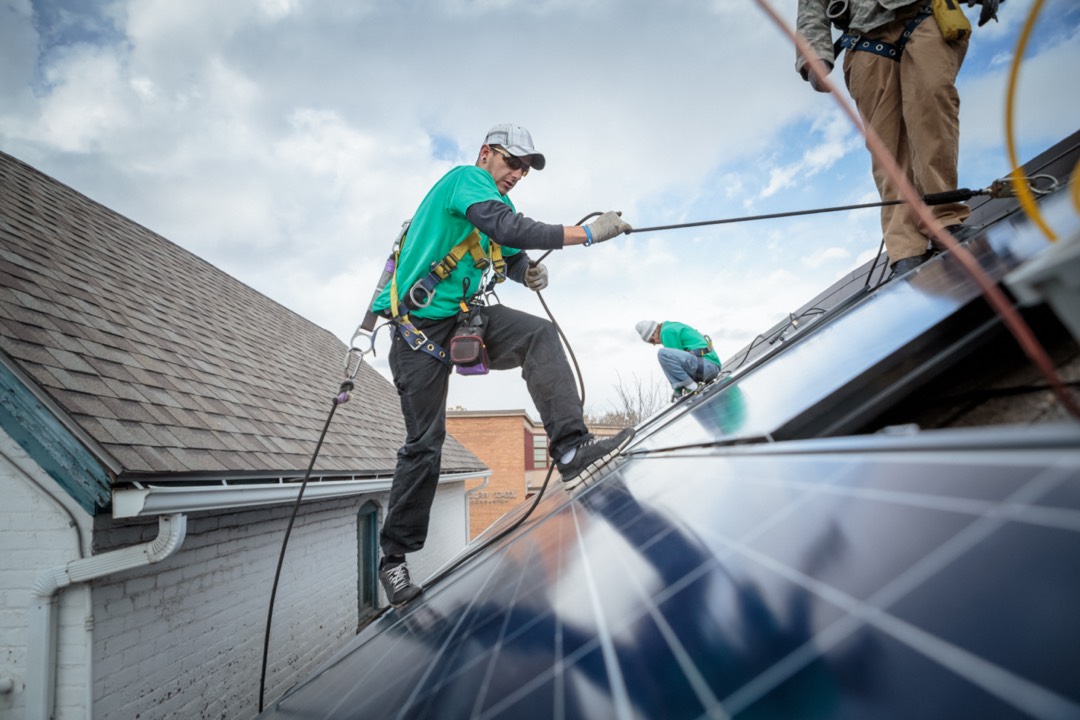
Home > Blog posts > Roof safety for roofers: protection and preventing falls
Roof safety for roofers: protection and preventing falls
Climbing on a roof is not without danger, regardless of if it is flat or sloped. Falling from a roof is one of the main risks a roofer is exposed to.
So, how are roofers protected?
If you would like to find out more about roofer protection or if you are thinking of doing work on your roof yourself, here is more information on safety measures aimed at preventing falls.
What are the laws related to roofing?
Since roofing work implies many risks, there is more than one applicable law and regulation, like:
- The Safety Code for the construction industry (CSST)
- Canada Occupational Health and Safety Regulations
- The Occupational Health and Safety Act
The Clinique de la toiture FCA’s prevention program meets all of these regulations and all of the CNESST responsibilities and obligations. So, what are these obligations in regards to the risk of a fall?
Safety on a roof must, of course, first and foremost begin with applying several measures that are aimed at preventing falls; one of the main risks roofers are exposed to. When there is a risk of a fall over 3 meters, it is mandatory to install some type of fall prevention equipment, like guardrails or harnesses with an anchor point and a shock absorbing lanyard. We will get back to these systems.
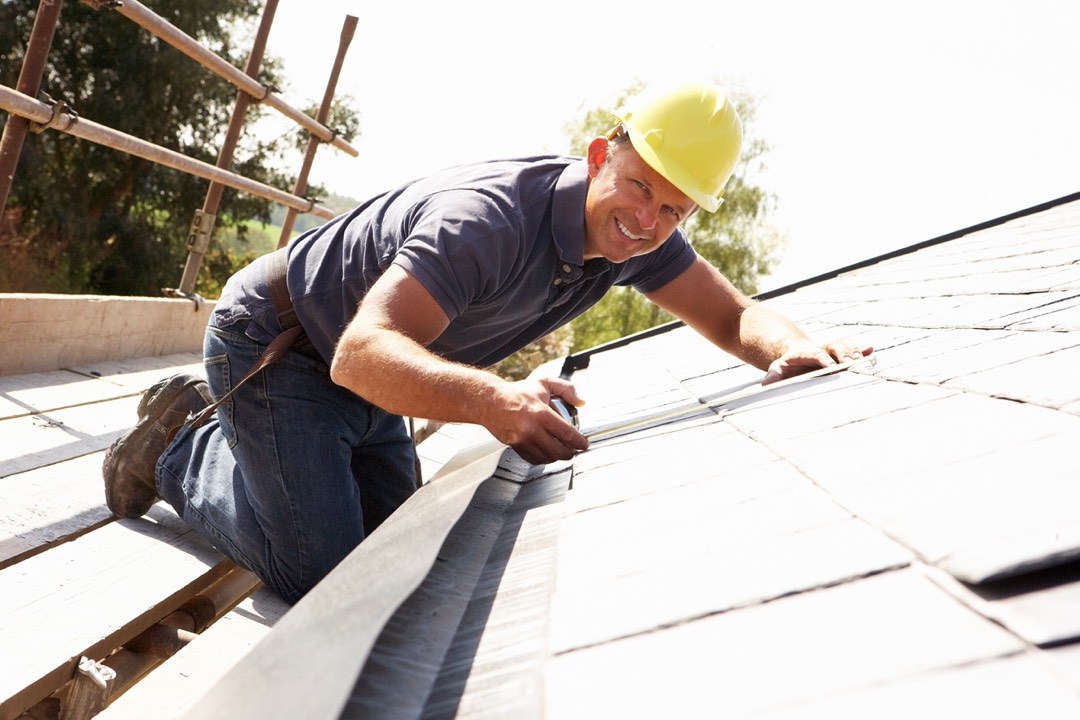
In a general sense, guardrails are usually the preferred solution: this type of protection simply means creating a physical protection barrier all around the roof. It is a collective protection that efficiently prevents the risk of accidents.
Other than falls, the prevention program must also prevent all risks related to the precise work being done and the environment itself. Protective equipment must be worn (head, feat, eyes, ears, etc.). The employer must provide his crew with this equipment, as well as:
- Safe material/equipment that is in optimal state;
- First aid kits;
- Portable fire extinguishers;
- Etc.
It is also the employer’s responsibility to provide roofers with necessary information and training in regards to the proper safety measures.
Risk prevention is at the heart of a proactive approach, contrary to some companies who choose a reactive program. A protection program can vary from one company to another. At Clinique de la toiture FCA, we focus on prevention, by creating action sheets that include special and detailed measures to be taken for every risk.
Fall prevention equipment
As mentioned above, a fall is the main risk a roofer –or anyone working at a certain height- is exposed to. In fact, height itself doesn’t have to be at a bird’s eye view to be considered dangerous: according to the CSST, 60 % of deadly accidents happen from falls from under 9 meters.
Regulations include the obligation for professionals to be wearing fall prevention protection, but that is just as necessary for you, should you decide to work on your own roof! When you choose equipment, make sure you find the CSA logo on it: this means that the equipment meets these regulations.
Here is a little bit more information on what type of fall prevention equipment that we refer to as a “lifeline”.
Safety harness
The safety harness for roofers is mandatory at any height of over 3 meters, when installing guardrails is not an option. If you are climbing onto your roof, it is crucial that you have one. Above all, do not replace it by a simple safety belt! A safety belt might be cheaper or easier to put on, but if you fall you might be even worse off; it could break your back.
As for the harness, you can adjust it at the thighs and the shoulders, and your entire body is supported. Take care to choose the right size for you and adjust it properly for optimal protection. There are harnesses with several loops or rings available on the market, however one single ring is sufficient.
Should you fall with a harness, your buttocks will absorb the shock, so as to limit other bodily harm.
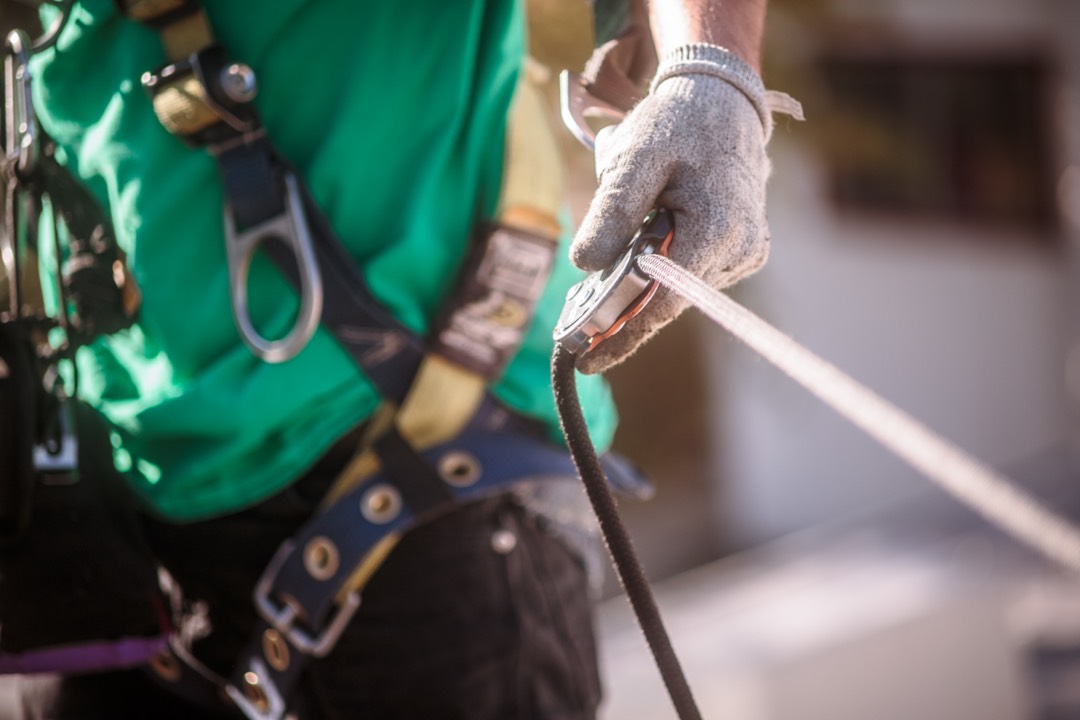
Shock absorbing lanyard
When you are wearing a harness, it is tied to a roof anchor with a rope (or lifeline). At the base of the rope, and tied to the back of your harness, is what we call the shock absorbing lanyard. This part of the harness kit is an energy absorber and limits fall arrest forces during a fall.
It attaches, or links, the back of your harness to the rope, which is then secured to the roof anchor. Thanks to this mechanism, you can move around, but should you fall, it locks automatically. If you are well equipped, the shock absorbing lanyard will prevent you from falling more than 1.2 meters.
As for the energy absorber, it allows the shock to be absorbed during the fall. This means it will stop more smoothly so as to prevent further injury or pain. It is, however, crucial that you follow the manufacturers’ instructions so that the device can work the way it is meant to.
There are different types of shock absorbing lanyards, with variation in the mechanisms. They all include an energy absorber and are considered to be excellent protection.
The roof anchor
The anchor point, which in other words is the anchor for your lifeline, obviously has a crucial role to play in safety, since the rope that is literally holding you to the roof is tied to it. An anchor point that is not solid enough could never hold your weight properly and thus ensure your safety on the roof.
The system must thus be affixed to an element (anchor) with a minimum resistance of 18 kN. More specifically, it must be capable of withstanding an impact of 4,045 pounds. And while we’re on the subject, this is probably not the case for your chimney, which means you shouldn’t take that risk!
This anchor point is fastened thanks to 10 nails that are designed specifically for this. There are several different types of anchors. On the one hand, it can be temporarily or permanently fastened to your roof. On the other hand, it can be punctual or continuous, or in other words, it can be located in one spot alone or allow your rope to move. A continuous anchor can also be rigid or flexible.
The punctual anchor point is generally preferred since it is easier to install. If your roof does not have a permanent anchor point system, it is important that you install one before you start the work. You can purchase the equipment or rent it, as long as the rented equipment is in optimal state.
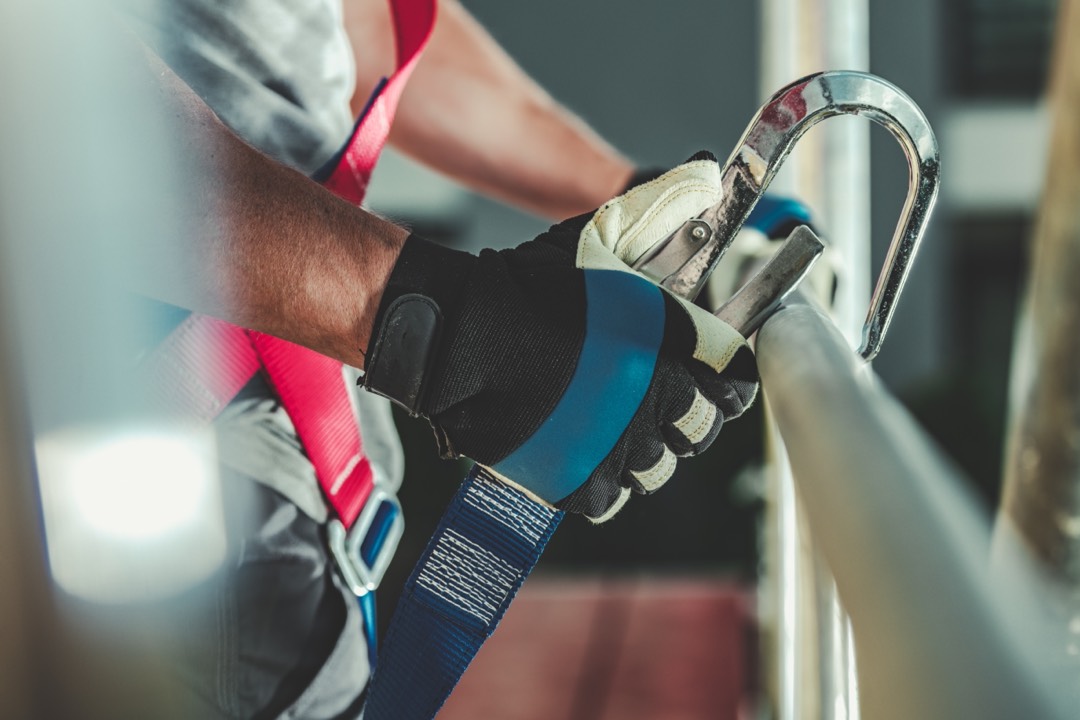
What safety is required for a flat roof?
You might have guessed it: a flat roof includes less risks of falling than a sloped roof. In fact, roofers that work at over 2 meters from the side of the roof are allowed to work without protection.
In that case, you must identify the zone that cannot be crossed, by placing a warning line. This line can be rigid, or a cable or a chain, and must provide good traction resistance (500 lb) and to horizontal loads as well (23 lb).
Should the work require getting closer to the sides of the roof, then you will have to equip yourself with safety equipment beforehand. Generally speaking, guardrails are the ideal options, since they create a barrier that prevents falls. It can be permanent or temporary guardrails, and they can be made of wood, metal or steel; each material has specific regulations.
Wearing a harness is another possibility. On the other hand, the guardrail offers the advantage of protecting everyone working on the roof instead of offering individual protection.
You should not only make all roof sides safe, but also skylights and access traps.
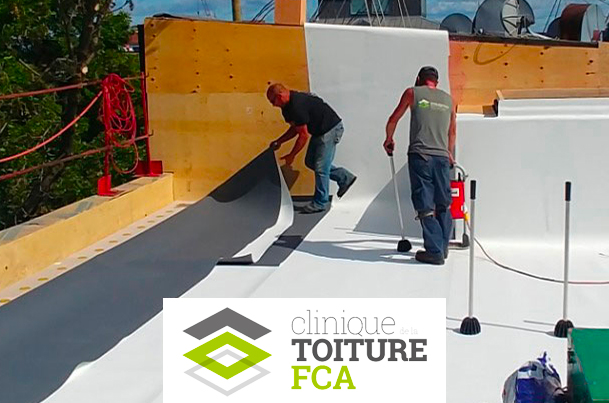
What safety is required on a sloped roof?
A sloped roof is definitely more risky in terms of falls. Moreover, the inspection and maintenance of gutters all around the roof also make the job more delicate. A fall prevention system is necessary, no matter what part of the roof you are working on.
As an example, HLM parks must definitely include anchor points as well as an access trap that allows for roof access directly from the inside. Guardrails are also an appropriate solution for sloped roofs.
At Clinique de la toiture FCA, we have adopted a preventive program in order to ensure our roofers’ safety at all times, no matter if it is in regards to falls or any other type of risk. If you need maintenance or repairs done on your flat roof, call a team of professional roofers for the safest way to get things done.
Need help?
Leave us your email address and we will contact you as soon as possible to assess your needs!
Put an end to your water infiltration your clogged drains your roof problems
Leave us your email address and we will contact you as soon as possible to assess your needs!
